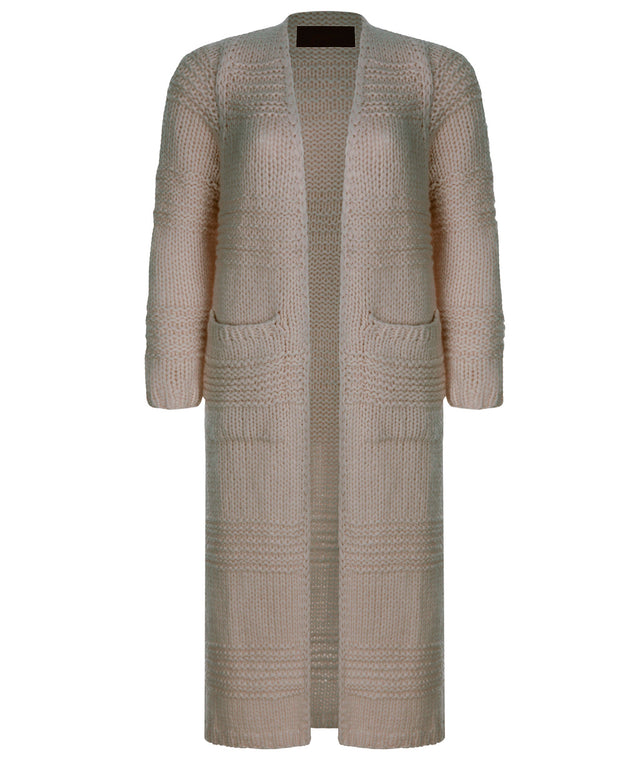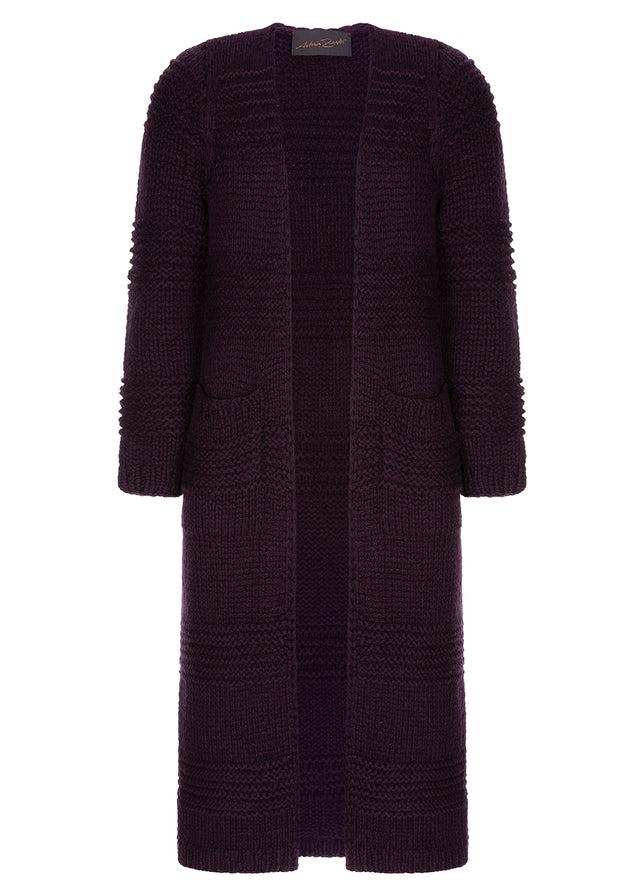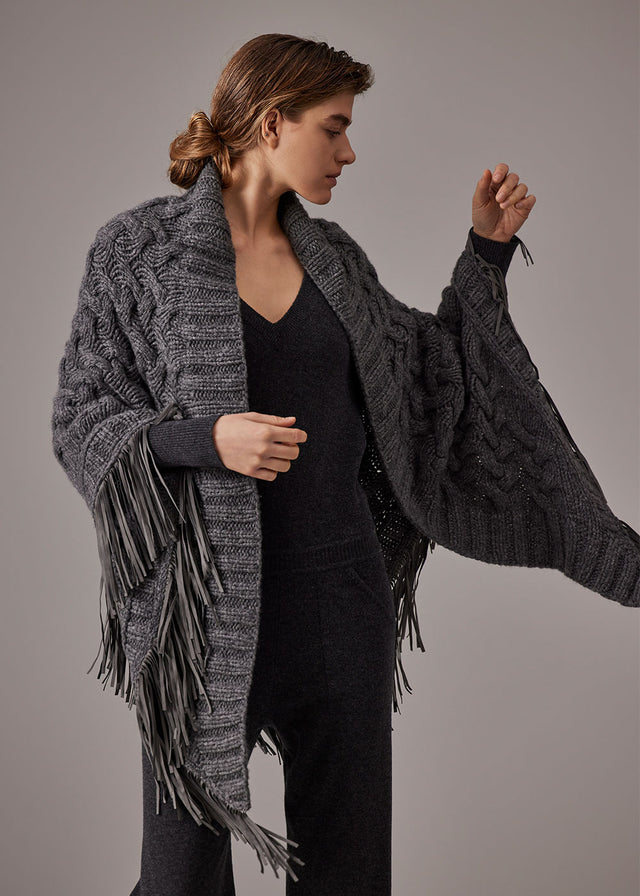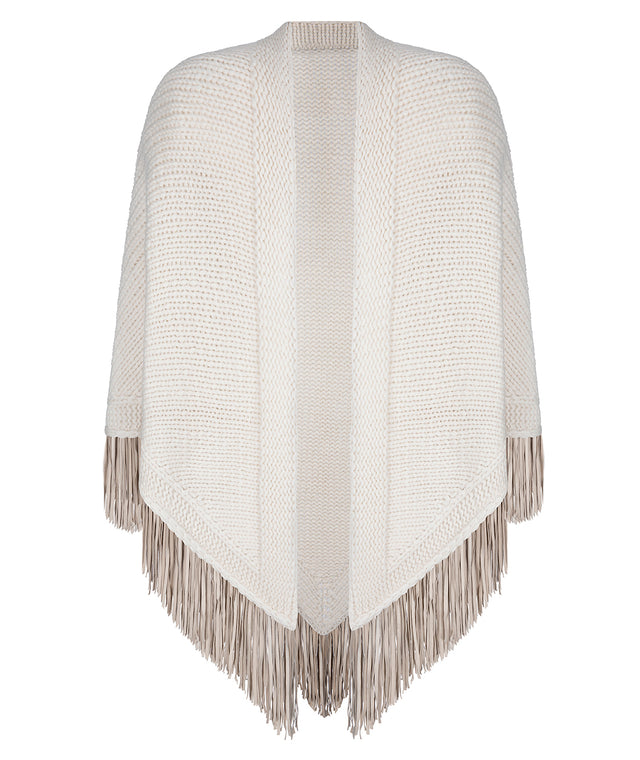CARE
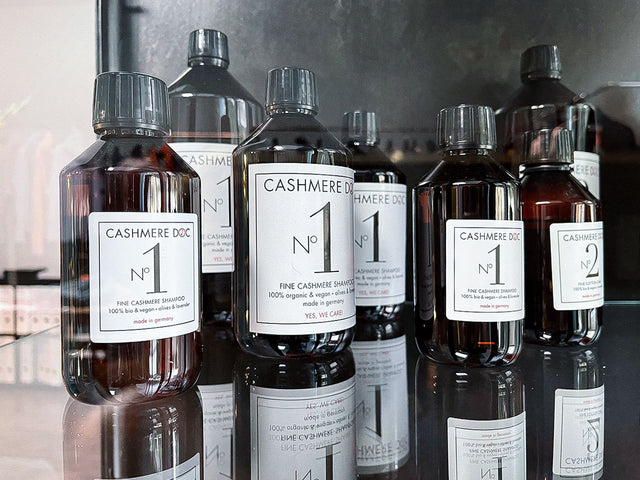
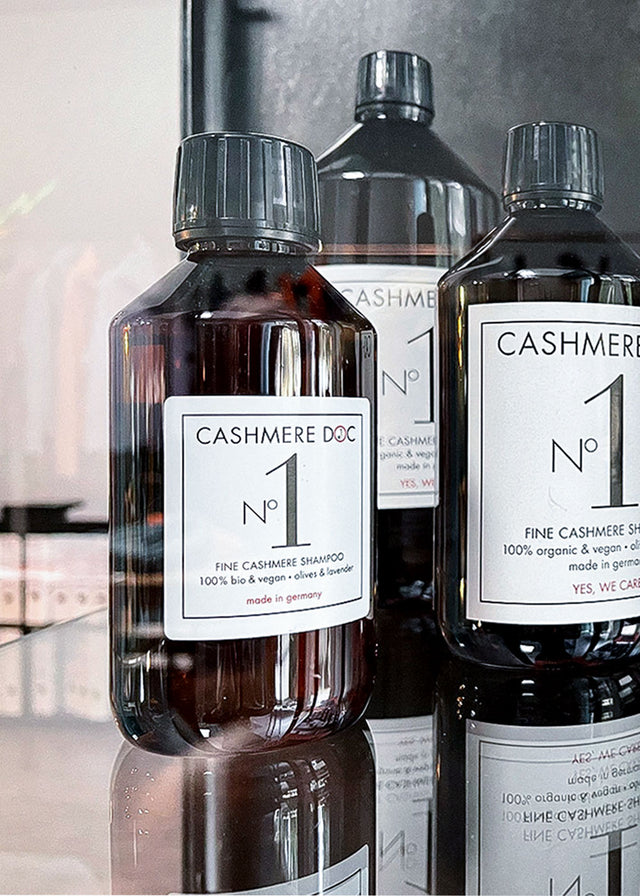
Our garments are made from luxurious natural fibers that deserve to be treated and cared for well. Following the care symbols in the garment label – and some advice – ensures enjoyment for a long, long time. Well maintained cashmere styles can endure decades and long to be passed on even to the next generation.
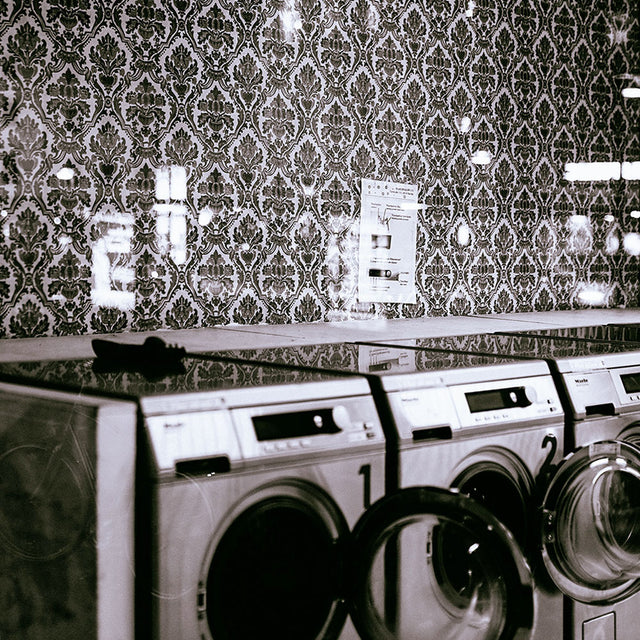
Machine Wash
Let’s bust this myth once and for all: You do not have to dry clean ALL of your precious stuff or even cashmere sweaters unless it is clearly indicated on the garment label with a crossed out washing symbol. If this is the case, be humble and take it serious! Unless you want to end up with dolly-sized clothes…
Machine wash how to…
If machine wash is allowed, please choose the gentle cycle and temperature according to the care label. Always turn the garments left-side out and do not overload the washing machine. Modern detergents are very effective but can damage the fibers and pollute the environment. Natural materials are often washed with natural shampoos – choose high-quality chemical-free shampoos and follow their individual instructions for use and dosage. Less is often more!
Drying…
Once you’ve gotten the excess water out, lay the garment on a clean towel or drying rack and re-create its natural shape. Let it air dry. A major no-no: Hanging your sweater up to dry. You’re going to end up with a sleeve sagging in a place it shouldn’t be. We never use a dryer, even if the care label says we can. It damages the fibers and consumes too much energy.
SOFTENERS …
… are a big no-no. Our superior materials need no softener. The planet will appreciate!

Dry Cleaning
Less is more!
In the beginning, completely different solvents were used. For example turpentine oil (around 1825), which removes greasy substances very well, but also smells accordingly. Then benzene, but toxic and flammable, just like benzine. In the 20th century carbon tetrachloride was used, which combines two positive properties: It does not burn and is even more fat-dissolving than benzine. New machines were developed for use, which cleaned, tumbled and dried. This was followed by perchloroethylene, which unfortunately attacks colours and prints. The use of trichlorotrifluoroethane CFC 113 and trichlorofluoromethane CFC 11 was banned in 1993 because they cause enormous damage to the ozone layer. To our day, it has been replaced by hydrocarbon solvents (HCS).

